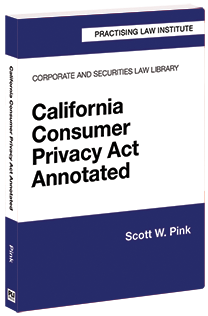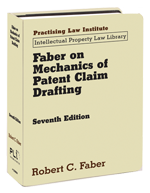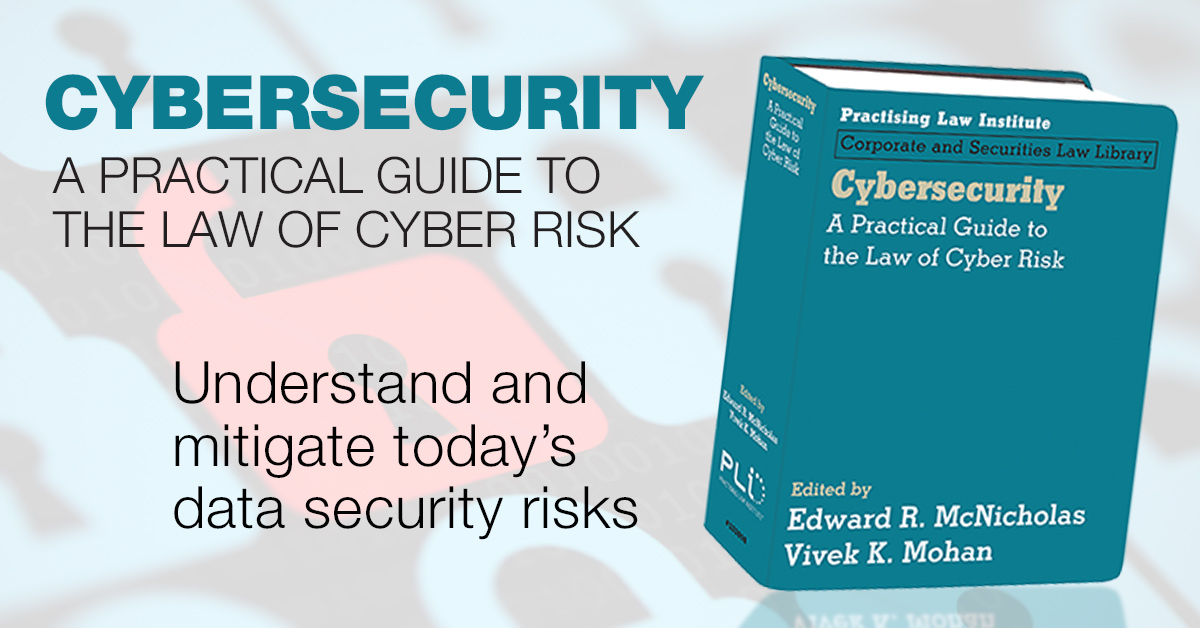
PLI Press is excited to announce the publication of a new treatise on the California Consumer Privacy Act (CCPA), the first law of its kind in the United States providing consumer privacy protections.
California Consumer Privacy Act Annotated equips businesses and practitioners with the tools they need to understand the data they collect and how that data is used, disclosed, and stored, and then develop the framework, policies, and procedures to meet the CCPA notice requirements and to respond to data subject requests. This timely book takes into account the final text of proposed regulations the Attorney General submitted to the California Office of Administrative Law on June 1, 2020.
This thorough treatise includes advice on:
- Determining whether an entity meets certain size and scope thresholds to be subject to the CCPA
- Evaluating whether personal information collected from consumers, households, and devices is protected under the CCPA or whether an exemption applies
- Understanding the considerations surrounding the sale of personal information by a business to a third party
- Drafting sound notices at collection and privacy policies
- Understanding the rights the CCPA grants to consumers regarding their personal information, as well as the different exceptions and limitations to these rights, in setting up processes and procedures for compliance
- Building an infrastructure and creating procedures for managing and responding to consumer requests under the CCPA
- Evaluating security requirements and practices in light of the new private right of action in which consumers can seek actual damages and statutory damages for a personal information security breach that is the result of a business’s failure to use reasonable security
Order a print copy today.
PLI PLUS subscribers can access this title through their subscription.


